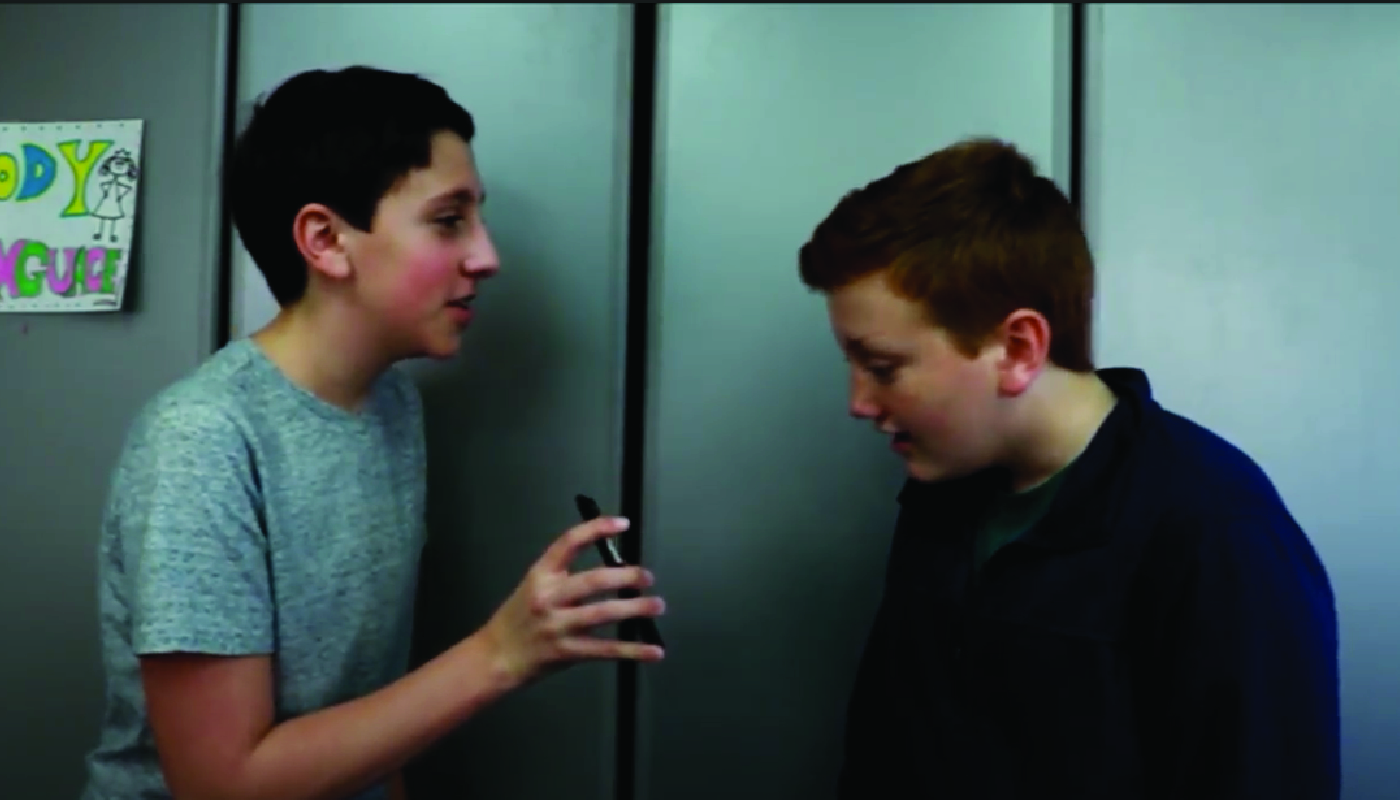
Introduction
Effective communication is at the heart of social-emotional learning. Educators play a crucial role in teaching students the importance of paying attention during conversations, making the speaker feel valued and heard. One common way to show this is through eye contact. However, for some students, making eye contact can be uncomfortable or difficult. In such cases, visual referencing is a valuable alternative. In this blog post, we will discuss visual referencing, a no-prep activity to practice this skill, discussion questions, related skills, and how to access free sample materials.
No-Prep Activity: The Visual Referencing Game
This activity requires no preparation or materials and is designed to help students practice visual referencing in a fun and engaging way. In a circle or pairs, have students take turns having a conversation with a partner. The partner who is listening should practice visual referencing by occasionally glancing at the speaker, looking in the direction of the speaker, and facing their body towards the speaker. After a few minutes, switch roles. Throughout the activity, encourage students to notice how visual referencing makes the conversation feel more connected and comfortable.
Discussion Questions
- How did it feel to practice visual referencing during the activity? Did you find it easier to engage in the conversation?
- What are some situations where visual referencing might be beneficial for you or others?
- How can visual referencing help improve communication skills and foster better relationships?
- What are some other ways to show someone you are listening and paying attention during a conversation?
- How can educators support students in practicing visual referencing and other communication skills?
Related Skills
Besides visual referencing, there are other essential skills that can enhance communication and social-emotional learning. Some related skills include:
- Active listening: Paying full attention to the speaker, asking clarifying questions, and providing verbal and non-verbal feedback.
- Empathy: Understanding and sharing the feelings of others, which can lead to better connections and more meaningful conversations.
- Non-verbal communication: Using body language, facial expressions, and gestures to convey information and emotions in conversations.
- Respectful communication: Expressing thoughts and opinions in a polite and considerate manner, while also being open to the perspectives of others.
Next Steps
Visual referencing is an essential skill that can help students feel more comfortable in conversations while also enhancing communication. If you’re interested in learning more about visual referencing and other social-emotional skills, sign up for free sample materials at Everyday Speech. These resources will provide you with valuable tools and strategies to support your students in their social-emotional learning journey.










